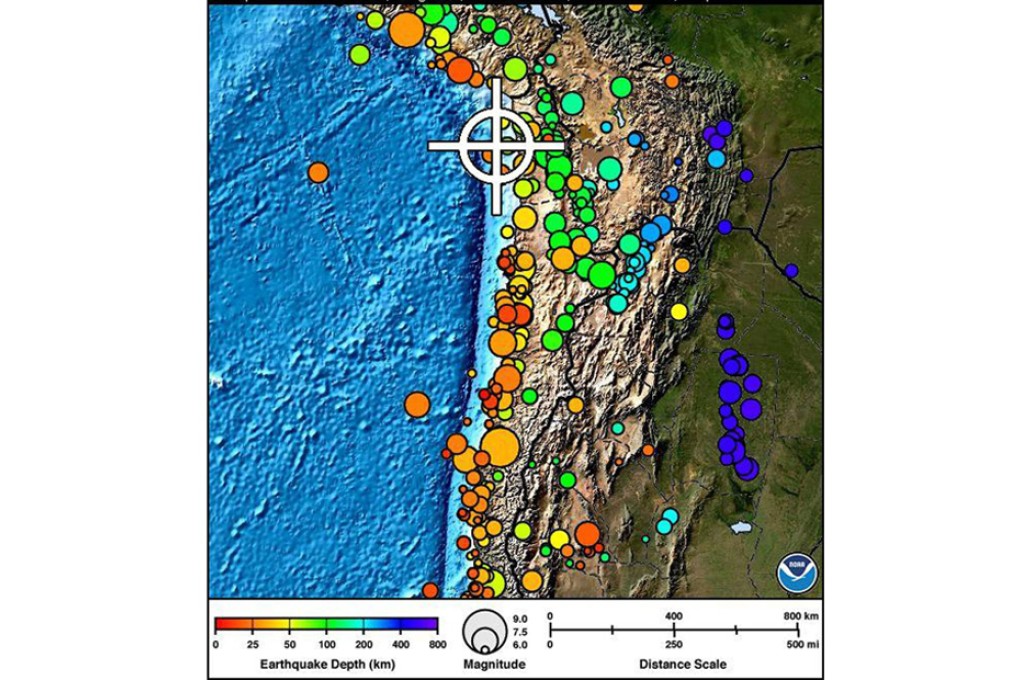Scientists should see beyond flawed model for more accurate earthquake prediction
Julian Gresser says new warning system with more precursors of seismic activity shows promise

Today is the six-year anniversary of the 2008 Sichuan earthquake, which killed nearly 70,000 people, injured over 370,000 others and left about 4.8 million people homeless.
Few things in this life are certain, but the human tragedy attending mega earthquakes is one of them. In light of the increasing seismic activity occurring around the world, is it not appropriate and timely on the anniversary of this profound catastrophe to take a hard look at the science and technology of earthquake prediction?
The dominant paradigm embraced by the US Geological Survey and many leading seismologists is that earthquakes are inherently unpredictable, and this position is based on a compelling empirical record of consistent failure.
But what if the premises of the present model employed by the US Geological Survey and research centres outside the US are seriously flawed because they are based on an unnecessarily limited range of precursors? What if these models can be refined by a broader and richer portfolio of indicators?
The International Earthquake and Volcano Prediction Centre in Orlando, Florida, has assembled a panel of distinguished experts from Russia, Japan, India, Italy, Australia and the US who have developed an alternative model called the "Catastrophic Geophysical Event Monitoring and Warning System". It provides a potentially powerful tool in the arsenal of mainstream seismologists.
Here is the essential idea.